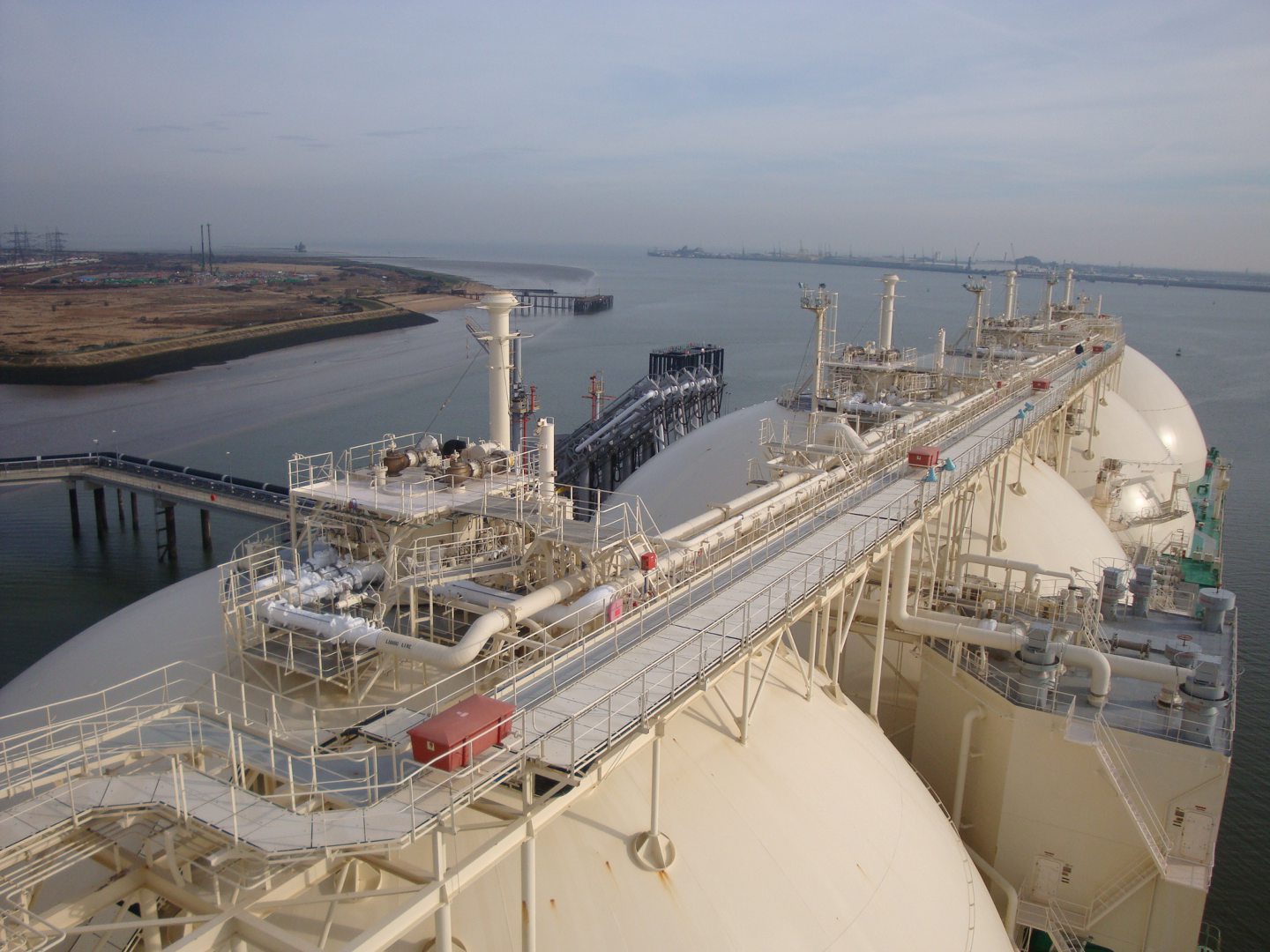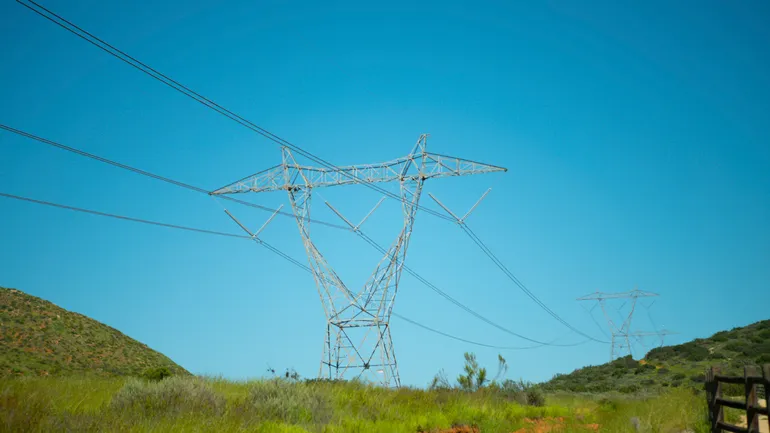
The U.S. Energy Information Administration (EIA) revealed its latest U.S. crude oil production forecasts in its January short term energy outlook (STEO), which was published on January 14 and completed its forecast on January 9.
In that STEO, the EIA projected that U.S. crude oil production, including lease condensate, will average 13.55 million barrels per day in 2025 and 13.62 million barrels per day in 2026. The EIA’s previous STEO, which was published in December, forecast that U.S. crude oil production would average 13.52 million barrels per day in 2025. The EIA’s December STEO did not include a U.S. crude oil production forecast for 2026.
In its latest STEO, the EIA projected that Lower 48 states, excluding the Gulf of Mexico, will make up 11.32 million barrels per day of the 2025 total. The Federal Gulf of Mexico was projected to make up 1.82 million barrels per day and Alaska was expected to contribute 0.41 million barrels per day of the 2025 total, the STEO showed.
In 2026, Lower 48 states, excluding the Gulf of Mexico, will make up 11.42 million barrels per day of that year’s total, according to the STEO. The Federal Gulf of Mexico will contribute 1.80 million barrels per day and Alaska will contribute 0.40 million barrels per day of the 2026 total, the STEO outlined.
The EIA’s December STEO projected that Lower 48 states, excluding the Gulf of Mexico, would make up 11.31 million barrels per day of the 2025 total. It forecast that the Federal Gulf of Mexico would contribute 1.81 million barrels per day and Alaska would contribute 0.41 million barrels per day of the 2025 total.
A quarterly breakdown included in the EIA’s January STEO projected that U.S. crude oil output will come in at 13.41 million barrels per day in the first quarter of 2025, 13.54 million barrels per day in the second quarter, 13.56 million barrels per day in the third quarter, 13.67 million barrels per day in the fourth quarter, 13.63 million barrels per day in the first quarter of 2026, 13.67 million barrels per day in the second quarter, 13.61 million barrels per day in the third quarter, and 13.59 million barrels per day in the fourth quarter.
The EIA’s December STEO forecast that U.S. crude oil production would average 13.45 million barrels per day in the first quarter of 2025, 13.51 million barrels per day in the second quarter, 13.55 million barrels per day in the third quarter, and 13.58 million barrels per day in the fourth quarter.
“We forecast continued increasing U.S. crude oil production in 2025 and 2026,” the EIA said in its January STEO.
“In 2026, production growth begins to slow as drilling and completion activity is reduced in response to sustained lower crude oil prices and producers prioritizing value per barrel over production volume,” it added.
“We estimate U.S. crude oil production set a record of 13.2 million barrels per day in 2024. We expect U.S. producers will continue to produce more crude oil in both 2025 and 2026, but we expect production growth to slow notably in 2026,” it went on to state.
In its January STEO, the EIA said it forecasts the Permian region will be the largest source of U.S. production growth in 2025 and 2026, “and the only major source of production growth in 2026”.
“Permian production will rise nearly 300,000 barrels per day in both years, averaging 6.6 million barrels per day in 2025 and 6.9 million barrels per day in 2026,” the EIA noted in its January STEO.
“Our forecast for continued increase in production in the Permian region is supported by improving well productivity and added pipeline takeaway capacity,” it added.
“We expect newly drilled wells in the Permian region will become more productive as producers continue to implement new technology and better drilling practices. We also expect production from mature wells to remain relatively stable, with only mild reductions in output,” it continued.
Regions outside of the Permian see a slowdown in production growth, the EIA stated in the STEO.
“Production outside of the Permian region in the Lower 48 states will remain flat in 2025, and we forecast it will decrease by about 170,000 barrels per day (four percent) in 2026,” it added.
“The declines in other regions are because of reduced drilling and completion activity, partly in response to lower crude oil prices. In addition, regional well productivity, takeaway capacity, and access to international markets are more limited in other regions than in the Permian,” it noted.
The EIA went on to highlight in the STEO that it forecasts that crude oil production in the Gulf of Mexico will increase to 1.8 million barrels per day in 2025, “and remain near that volume in 2026”.
“Compared with onshore tight oil production, Gulf of Mexico production is characterized by projects with longer lead times, and it is driven by a few large-scale projects that are less sensitive to short-term variations in crude oil prices,” the EIA said in its January STEO.
To contact the author, email [email protected]





















